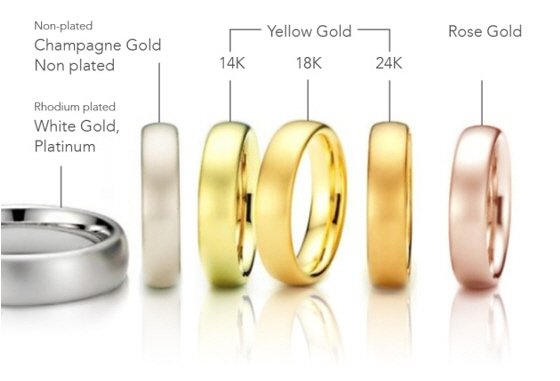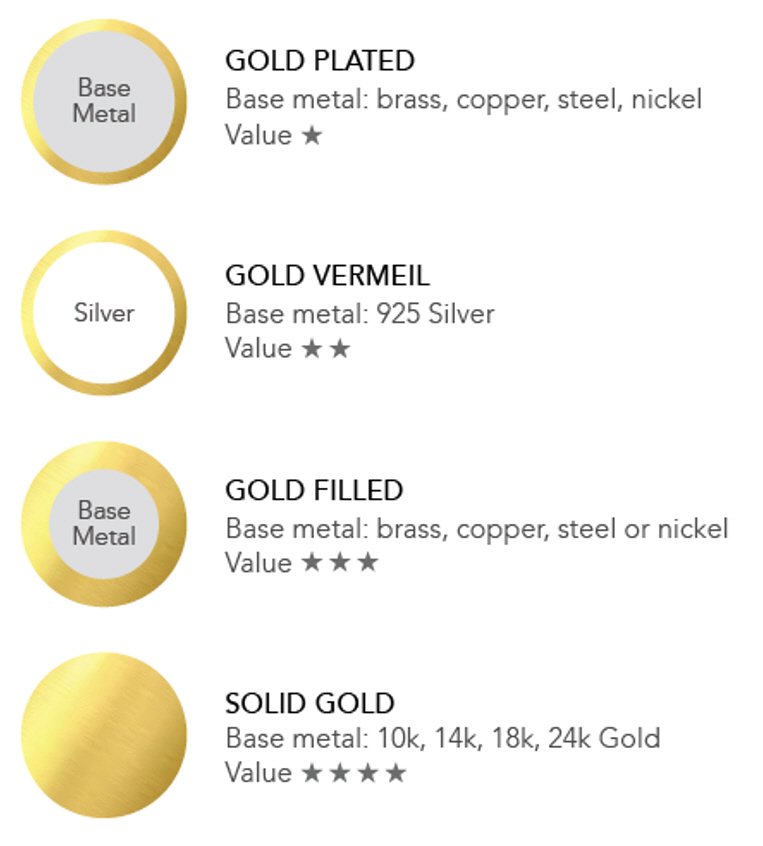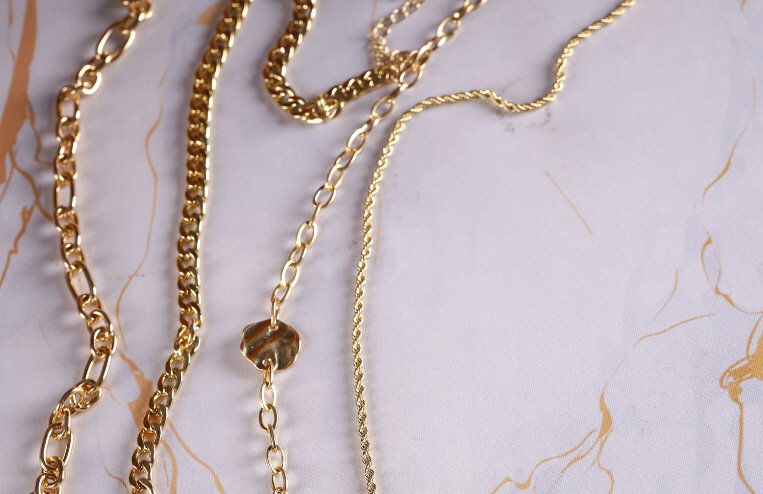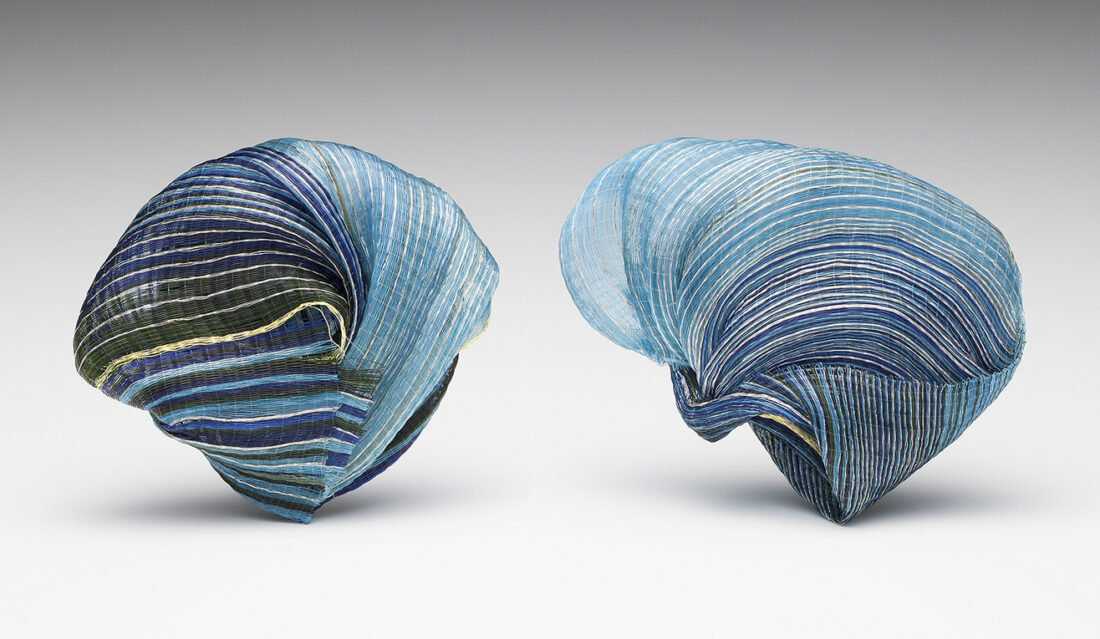
The Story of Gold 1
Recently, due to unprecedented quantitative easing, many people have become more interested in gold. A common question people ask is how to buy and sell gold and how its value is determined. Let’s explore the different types of gold currently in circulation and how their value is set.
What Does Karat Mean When Talking About Gold?
The unit “Karat” is used to represent the purity of gold, rather than a percentage (%) like we use in everyday measurements. Therefore, we use KT (Karat) when referring to gold purity. Pure gold is marked as 24K, while gold mixed with other metals is marked as 10K, 14K, or 18K.
Why Is Pure Gold 24K?
The term “Karat” is derived from the Carob tree, a plant that grows in the Middle East. The seeds of the Carob tree (1.25g) were historically used to measure the weight of gemstones before the invention of the scale. The people in the region used to exchange items such as gold or salt based on a standard measure, which was 24 seeds that fit comfortably in the palm of a hand. This system led to the term “24K” for pure gold, representing its highest purity of 99.99%.
What Is the Difference Between 10K, 14K, 18K, and 24K?
The number in Karat indicates the gold content. 24K represents pure gold, and the numbers decrease as the gold content decreases. For example, 18K, 14K, and 10K contain lower amounts of gold. The numbers 999, 750, 585, and 416 marked inside the jewelry indicate the percentage of gold content.
- 24K is 99.99% pure gold and is sometimes referred to as “four-nine gold.”
- If jewelry is made from 24K gold, it is generally too soft, and its durability is low. Therefore, other metals are mixed in to increase hardness and make it more suitable for detailed and sturdy designs.
Sometimes, people inquire about setting diamonds or other gemstones in pure gold. While it is not impossible, it is difficult to work with and restricts the design options.
24K – 99.9% pure gold / 18K – 75.0% pure gold / 14K – 58.5% pure gold / 10K – 41.6% pure gold
Which Gold Is Commonly Used in Different Countries?
In Korea, 14K and 18K are the most commonly used, while in Canada, 10K and 14K are more popular. Gold with a purity below 14K may lead to discoloration or allergic reactions because it has a lower gold content, so it is advisable to avoid it for those with sensitive skin.
Due to the high gold prices recently, alternatives like Gold Vermeil (a layer of gold over silver), Gold-filled, or Gold-plated products are more common. However, since these have a lower gold content, their value is much lower compared to pure gold.
How to Choose the Right Gold?
When choosing which type of gold to invest in, it’s important to consider liquidity. The general perception is that 18K gold, with its higher gold content, is a good choice due to its value and ease of resale. When selling gold, the price is determined by the current market value and the weight of the gold, considering its purity. While the gold content is what matters for resale, the outer appearance might not reflect this, so it is wise to select the gold type that fits your needs and budget.





